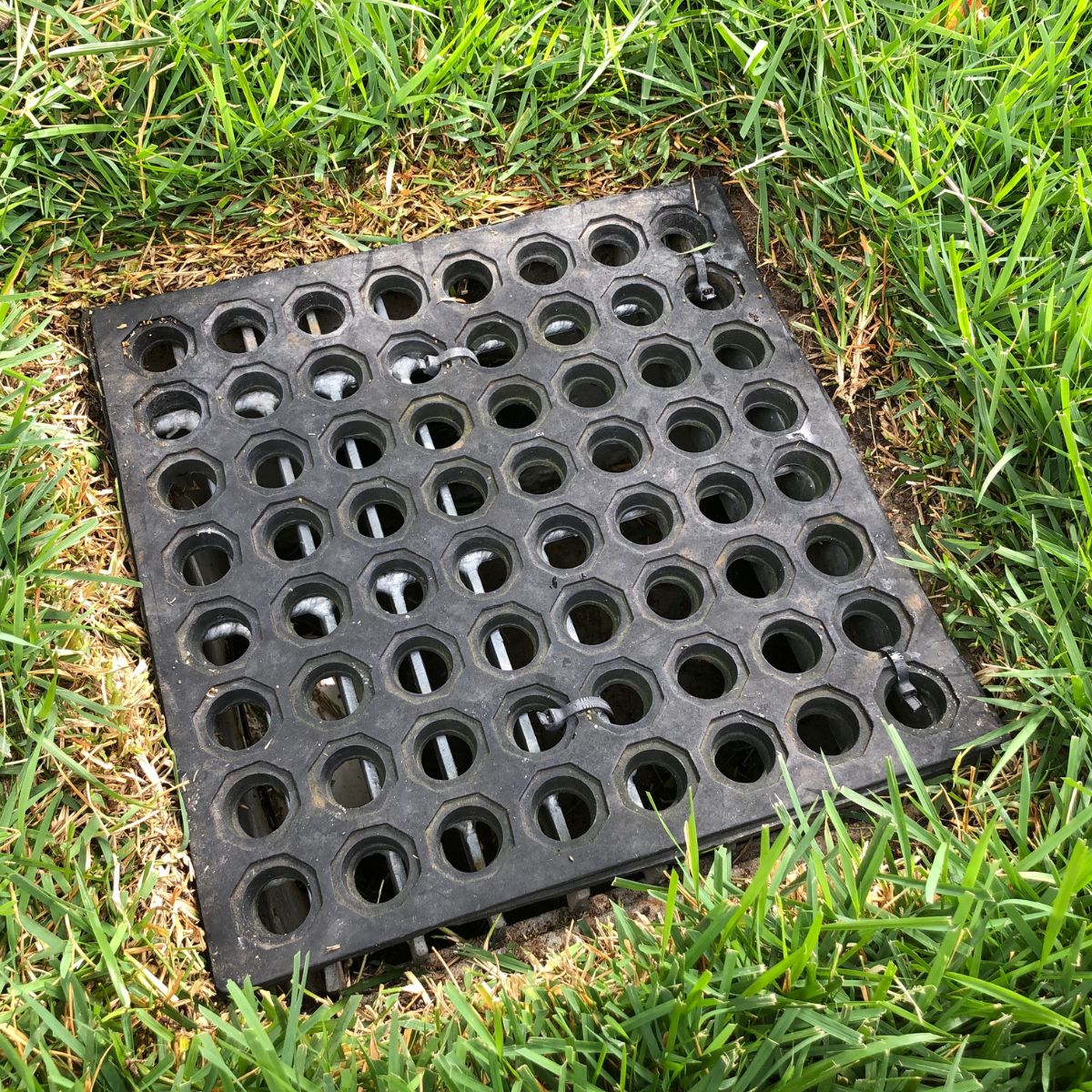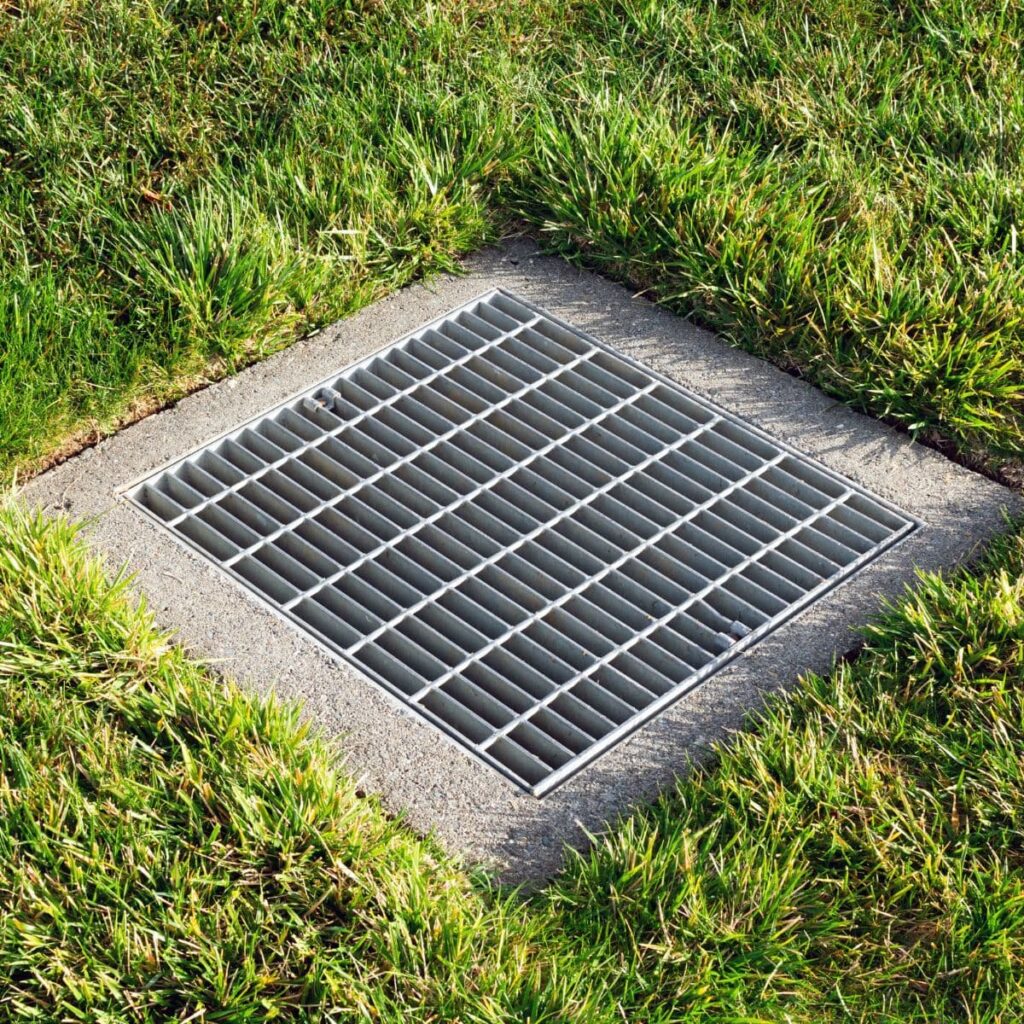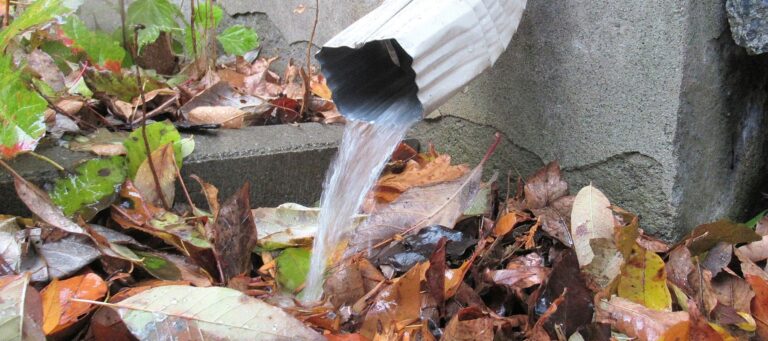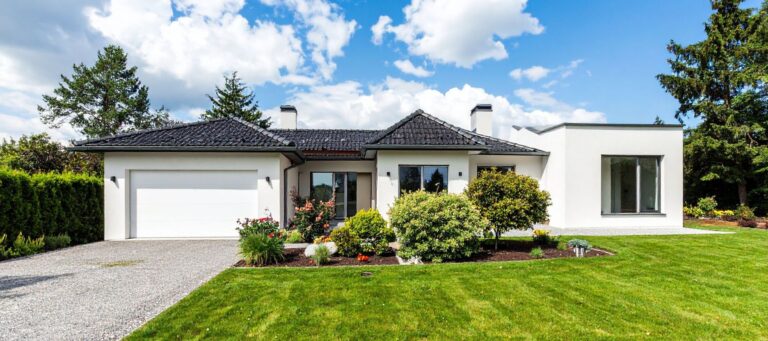Professional Surface Drain Installations In Texas
Uncover How A Surface Drain Installation Can Help Your Yard
Homeowners are no strangers to the important role drains play inside the home. From sinks to showers and tubs to toilets, drains are vital in keeping your plumbing in working order. However, the inside of your home isn’t the only place that can benefit from effective drainage.
The outside of your home needs reliable drain systems to safeguard your landscape and foundation. Our team at G.L. Hunt is happy to help communities throughout Texas protect their homes with our drain system services!
One type of drain we can install is a surface drain. Join us as we reveal how this option works and what benefits it can bring to your home.
Know The Risks Of Improper Drainage
Here in Texas, rain can dump in large amounts quite suddenly. This may be a cause for celebration for most of us weathering the searing summers, but it can also pose a huge risk to your foundation.
Without a way to re-direct water away from your home, it’s free to burrow into your soil, spreading until it reaches your foundation. From there, it can cause soil shifting, foundation cracks and wood support rot.
As rainwater pools in your yard, it will also cause your soil to erode and your plant life to suffer. It can attract pests to your property — which is never good for your health.
A surface drain can defend your home from these risks and prevent water from creating serious problems. At G.L. Hunt, we’re proud to install these systems!

How Does A Surface Drain Work?
With its straightforward name, a surface drain is easily recognizable. It’s a drain that lies flush against the surface of your landscape! These drains are covered with grates that allow water to slip through without you having to worry about tripping or falling hazards.
Underneath the visible panels is where the real action is happening — the transportation of the water. Pipes lie beneath your soil, and once the water flows through the open grates, it will enter the pipes and flow through them.
This important step is responsible for moving water away from your home and preventing flooding and water damage.
The Difference Between Surface Drains And French Drains
When choosing between drainage systems, two similar options stand out — French drains and surface drains.
While surface drains have grates that lie against the ground, French drains are more hidden. The latter option is meant to re-direct water after it seeps through your soil. Surface drains on the other hand will catch water as it hits the ground.
Another noteworthy difference is that French drains have a covering that assists in preventing debris buildup within the underground pipes. This differs from surface drains, where leaves and other debris can be carried across the grates and fall into the drainage system. However, surface drains can move water more quickly than their French drain alternative.
How To Choose Which System Is Right For Your Home
When debating a surface drain vs. a French drain, there’s no singular solution. The answer will depend on factors such as the needs of your property as well as your personal preferences.
At G.L. Hunt, we can help you assess the layout of your landscape and guide you to a decision you feel confident in. Then, when you’re ready to schedule your installation services, we’ll be there to provide the help you need!

Protect Your Home’s Foundation With Surface Drainage
Stormwater and groundwater drainage can be massive risks to the health of your foundation. Exposure to large amounts of water can cause your foundation to sink, crack and experience damage. Get ahead of your home’s health by investing in surface drains, or other drainage solutions, that move more water away from your foundation.
If your home needs drainage solutions, give our team a call! We offer reliable installations that can set your home up with drain systems where you need them, including sump pumps. Whether you’re looking for a concrete surface drain to go against your driveway or a French drain for your yard that can combat pooling, we’ll listen to your concerns and work with you to provide solutions tailored to your property.
Choose G.L. Hunt For Your Surface Drain Service
Our team understands the importance of proper drainage, and we’ve made it our mission to help homeowners protect their homes from the damage that water accumulation can cause. To safeguard your home with a surface drain, reach out to our team to schedule your installation!









